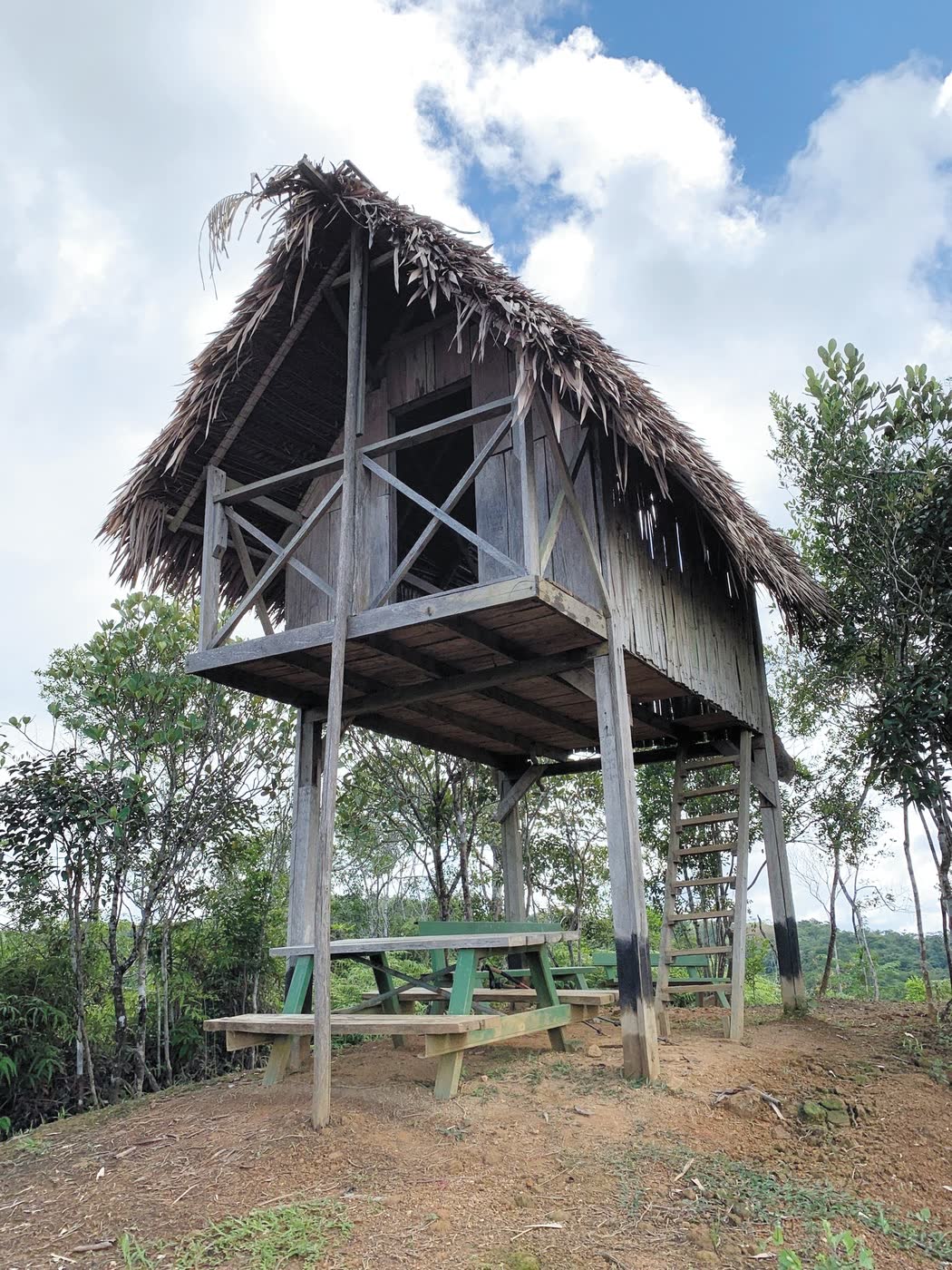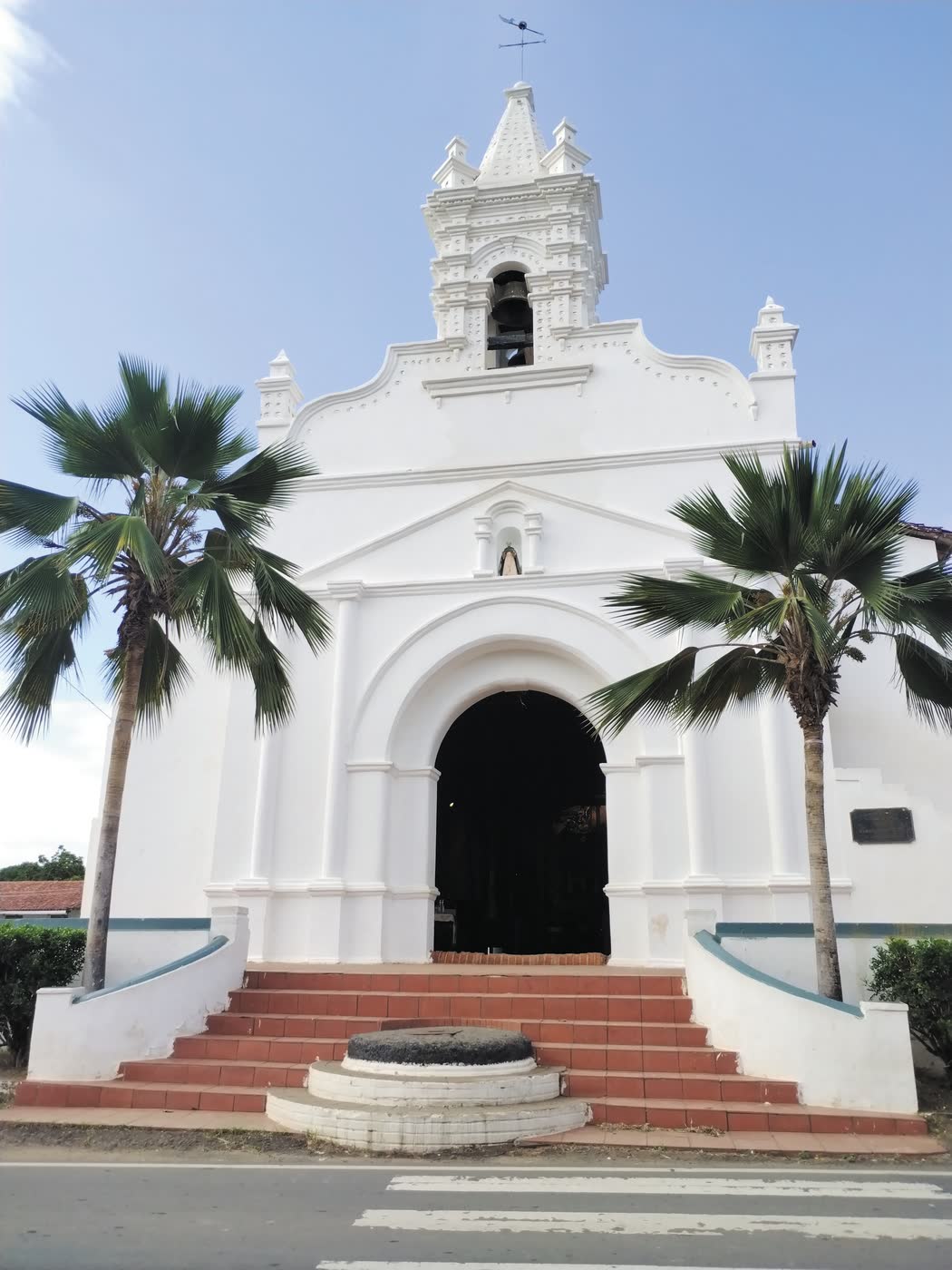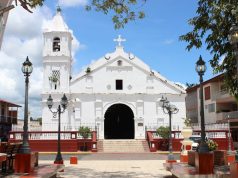A Province Full of Friendly People and Destinations Full of Activities
It is the smallest province of Panama. Located at the northern tip of the Azuero Peninsula (2,340 km²). Together with the province of Los Santos, they make up the most cultural destinations in the country.
Chitre is the capital city, its popular for its motto “The city where no one is a Foreigner”, a place where both Panamanians and foreigners are warmly received.
Since March 2023, there is a direct flight between Chitre and the capital city. Flights: Monday to Thursday from 8:00 am, while departure from Chitre will be from 8:45 am. Friday and Sunday: departs at 4:00 pm from Panama City and return from Chitre at 4:45 pm.
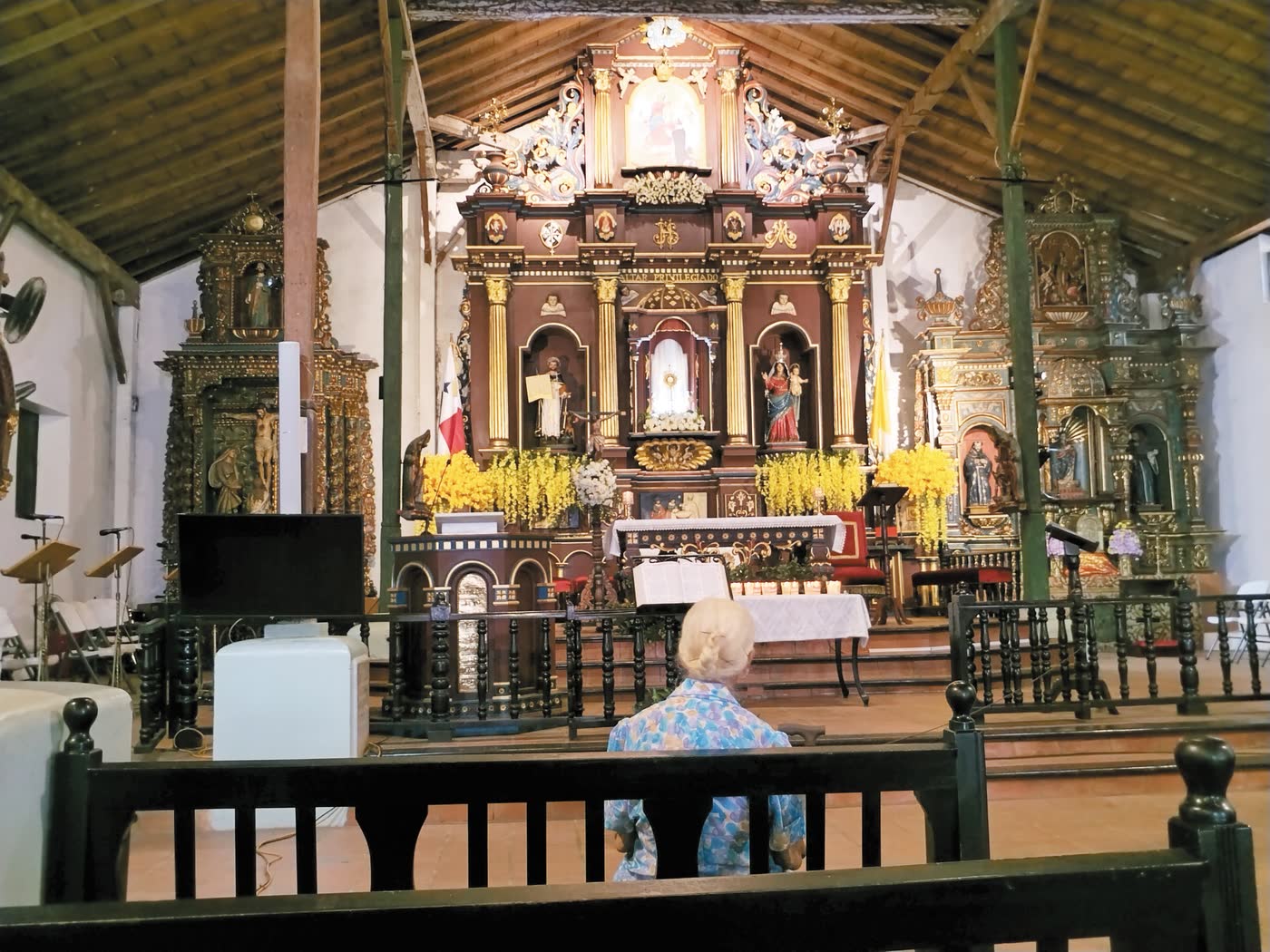
Cienaga de las Macanas
It is the largest immersed wetland system in the central provinces with 1,200 hectares and an average depth of 1.6 meters. It is the only freshwater wetland located in the central provinces, where 126 species of birds have been identified.
Activities:
Bird watching is ideal throughout the year, more favorable in the dry season (December – April), when migratory birds from Canada and the United States transit.
This place has functional structures for walking trails that face the middle part of the wetland. It also has a viewpoint with a maximum height of six meters above the trees.
Where to stay:
In its surroundings there is no lodging so you will have to book a hotel or hostel in Chitre and surroundings.
Where to eat:
It does not have places to eat, however, the surrounding towns offer local and autochthonous culinary offerings.
How to get:
Located seven kilometers from the Divisa crossing, northwest of Chitre. You must continue through the community of El Rincon de Santa Maria and go to the church’s town to take the right side at 2.5 km where the place is.
El Montuoso Forest Reserve
Considered the last refuge of biodiversity , it is located within Las Minas District. “The lung of Herrera” is an aquifer, created to conserve the flows of the surrounding rivers, rain forests and wetlands of the upper basin of the La Villa river, where rivers such as Mariato, Suay, Tebario and La Villa are born.
Activities:
The best way to get to know this reserve is to walk its trails. Its longest route is the “Mountuoso Circular Route” (2.9 km). In its route you can enjoy exuberant vegetation and fauna. You can also ride a horse, consult a tour guide.
Where to stay:
You can camp (recommended) or rent a bed inside the shelter to sleep (cots). Or also choose to stay in hotels or hostels in Chitre and surroundings.
Where to eat:
Inside the shelter they do not have places to eat, so it is important to bring along during the stay. In Chepo Las Minas there are “Fonda” type options, the most popular is at the entrance.
Curiosities:
An unmissable site is the Salto, a waterfall with two wells whose waters belong to the Mariato River. There are also petroglyphs with prehistoric engravings on stones.
How to get:
You must drive to the Ocu community, then to Las Minas and later to Chepo. In public transportation you must take a bus from “Ocu – Las Minas” route from the Albrook terminal. Arriving in the center of town, go to the transport terminal that goes to the community of Chepo (in front of the park) and ask the driver to stop at the entrance of the Park Rangers of the Reserve, and walk ten minutes.
Parita, a Town of Traditions and Catholic Faith
The oldest Hispanic indigenous settlement in the Azuero region was established in this colonial town (1558). The Parita district is three and a half hours from the capital city. Its colonial past has a strong vestige in its houses, squares and churches.
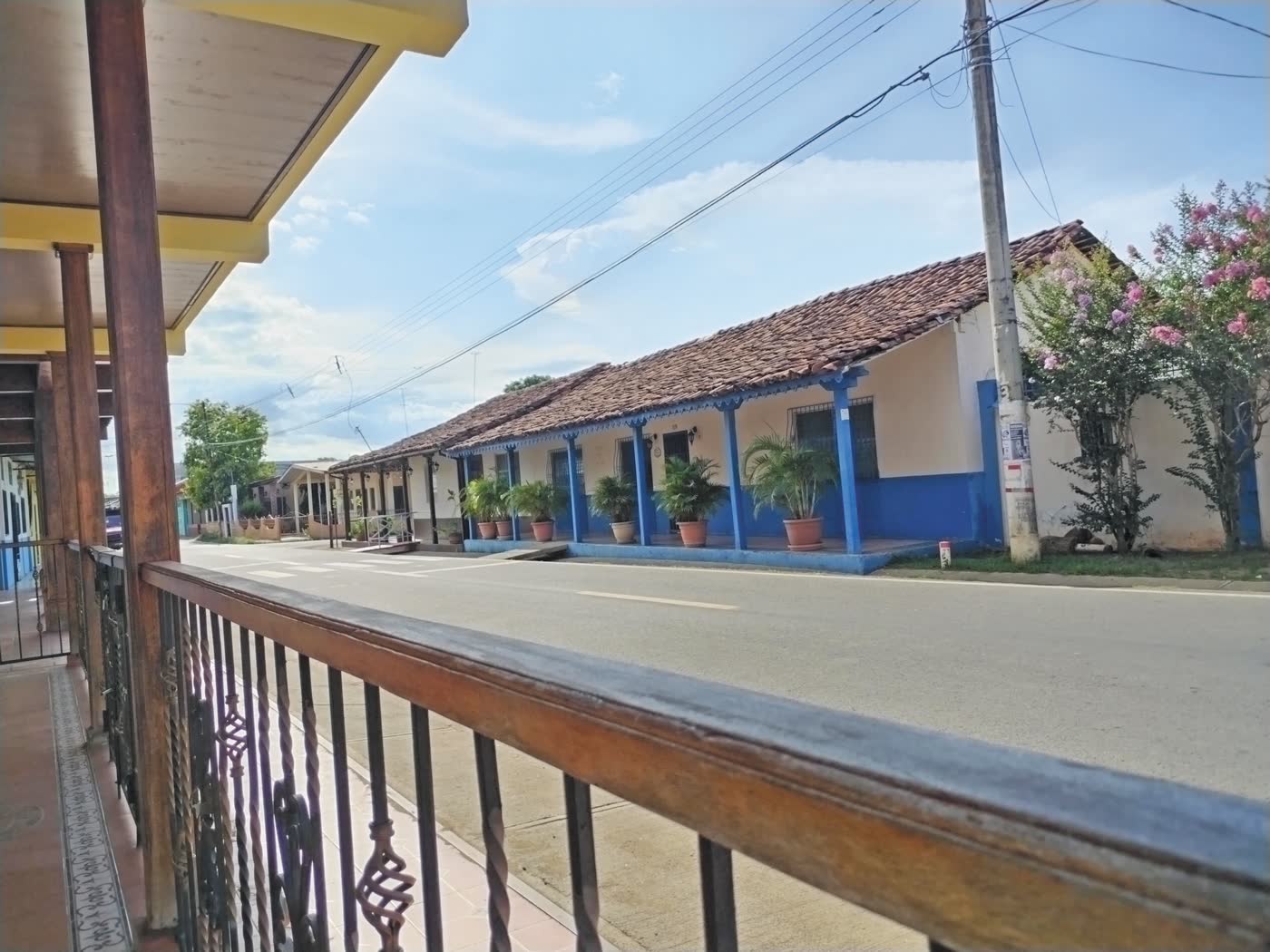
Activities:
An activity that combines traditions and Catholic faith is the Corpus Christi Festival that dates back to the times of the Spanish conquest where the institution of the Eucharist, the Body and Blood of Jesus, is commemorated. Among its most native performances are its dances: the Montezuma, Dirty Diablicos, Clean Diablicos, the Dance of the Great Devil, the Guapo Torito among others.
The rugs with religious motifs, made with salt, leaves or dyed sawdust, are very characteristic of this.
Since 2021, the United Nations Educational, Scientific and Cultural Organization (UNESCO) included the Dances and Expressions of Corpus Christi as Intangible Heritage of Humanity.
Where to eat and stay:
This town is on the outskirts of Chitre, the capital of the province of Herrera, where there is a huge variety of restaurants, both Panamanian and from many parts of the world. It also applies to the hotel offer in the sector.
How to get:
By car it is possible to arrive in four hours from Panama City driving along the Panamerican Highway, in Divisa you cross the bridge to the left to continue along Avenida Nacional. It is possible to go by bus from the Albrook bus terminal on a bus with the Panama – Parita route.
Ocu, Town that Converges Traditions of All Panama
This town shines for its hospitality. They celebrate “The Ocueño Manito Festival”. Among the customs, there is the selection of a random couple among twelve couples, so that they carry out their rural marriage that Saturday, both dressed in the ocueño clothing.
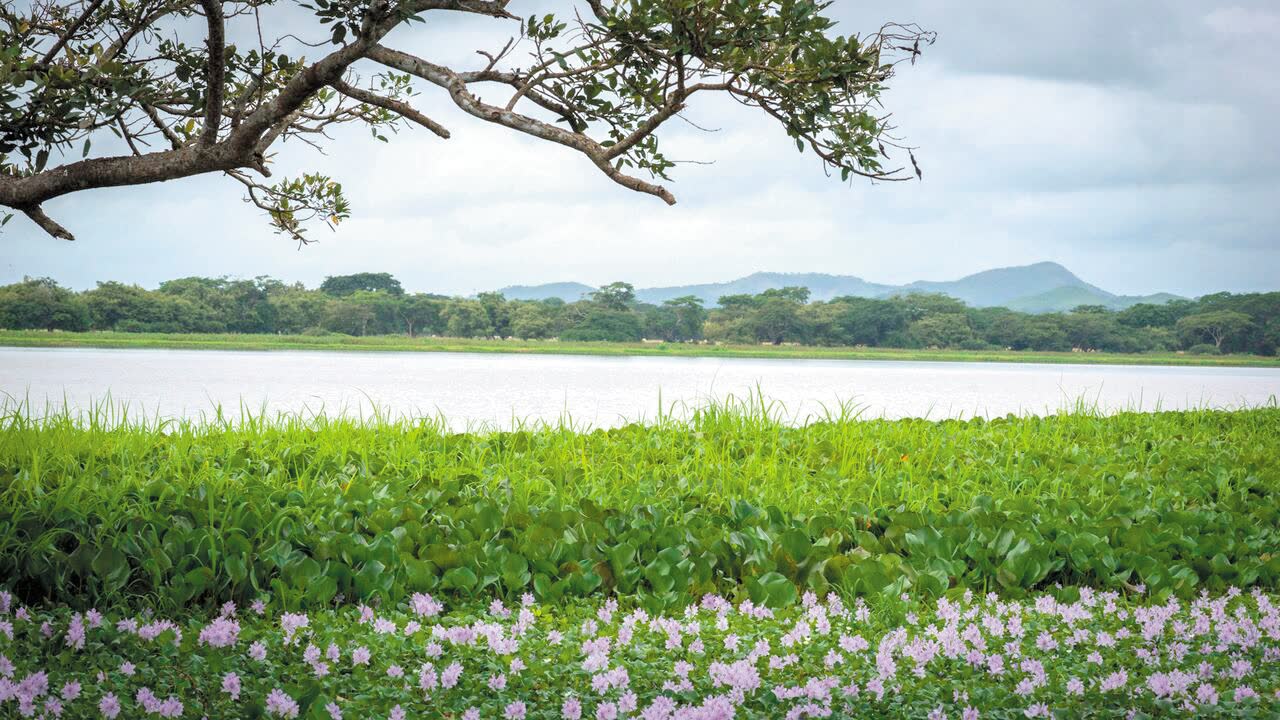
Activities:
A great cultural activity to experience is the festival “El Duelo del Tamarindo” where peasants would appear to collect a debt, dispute a love affair, or face an enemy while drinking chicha and liquor. Originally, it was a duel where one of the men threw a crossbow blanket to challenge his opponent and the public fight began under a tamarind stick.
In this festival, dances of yesteryear are presented enlivened with the instrument of the marjoram, a wooden guitar made exclusively in this town.
Where to eat:
This traditional Panamanian town is full of restaurants with delicious local and traditional Panamanian food, including restaurants where delicious fish are tasted.
Curiosities:
This town is the only one in Panama that has three streets (up street, down street and downtown street) during Carnival, unlike the classic two streets in the rest of the country.
How to get:
It is located almost four hours from Panama City, however when you get to Divisa continue driving until you turn left onto Highway 50 and reach the town. You can also go by bus, since there are buses that go to Ocu from Albrook Bus Terminal.
